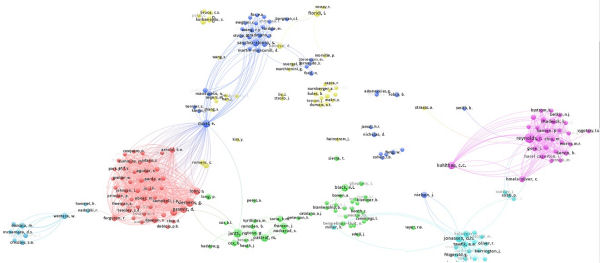TikTok in Spanish University Libraries
Goals: The objective of this paper is to describe the characteristics of the profiles and publications of Spanish university libraries on TikTok: to what extent they are present in this medium, what their posts are like, the topics they cover and how many interactions they receive, in order to identify good practices to help other libraries. Methodology: Eight university library profiles on TikTok were analyzed in the second half of March 2023, all of which were active at the time of the analysis,. Quantitative data such as the number of posts or the number of followers were captured. Quantitative and qualitative data were also extracted from each of the 207 publications in the accounts from their creation date until February 28, 2023, such as their duration or topic or the interactions they received. Results: The results provide information about the presence of Spanish university libraries on TikTok, which is still scarce but is increasing. Variables such as the frequency of publication, video length, video content, the number of views, the interactions they receive and the engagement rate are analyzed. Two university libraries with the best audience engagement on TikTok were identified. The characteristics of the ten posts with the most views and interactions are analyzed. All of them share the mixture of information about the library, transmitted through a short and simple message, with a humorous, fun or informal approach. Some follow fashion trends on TikTok.


